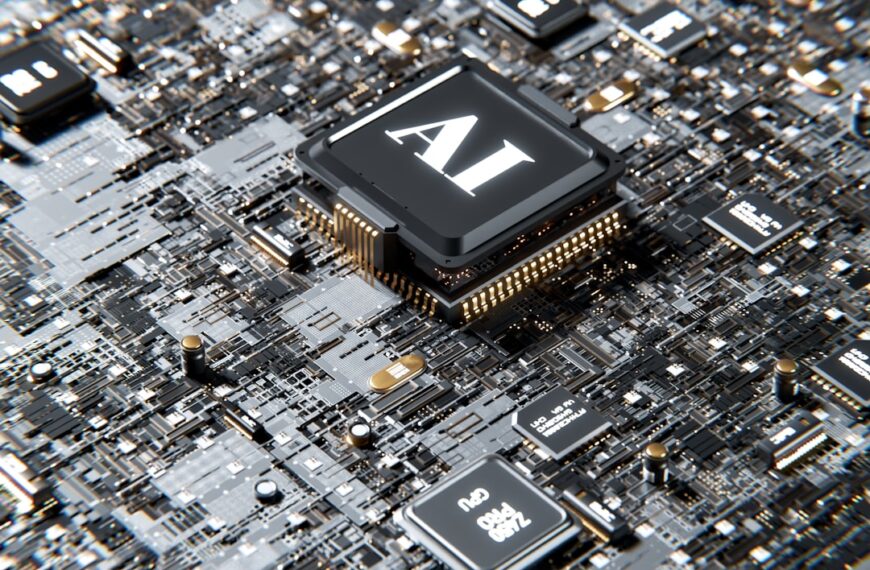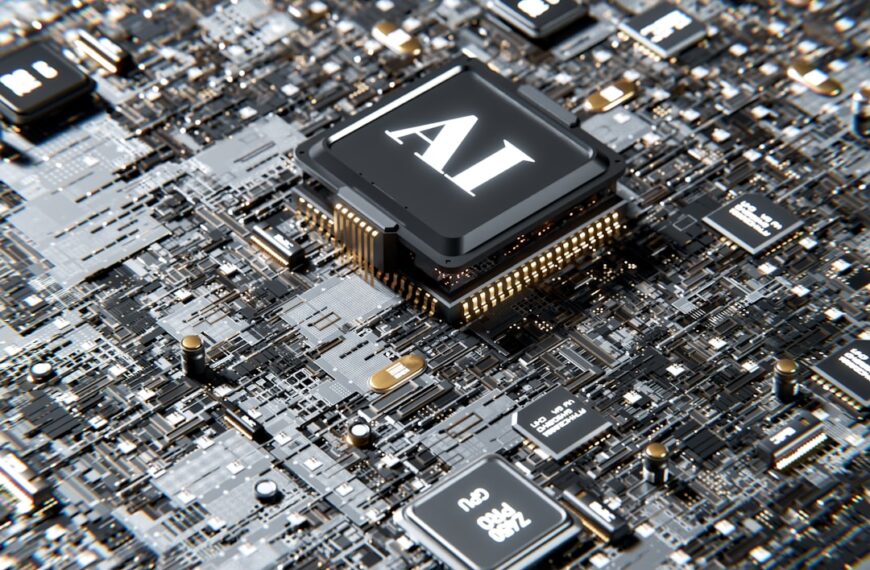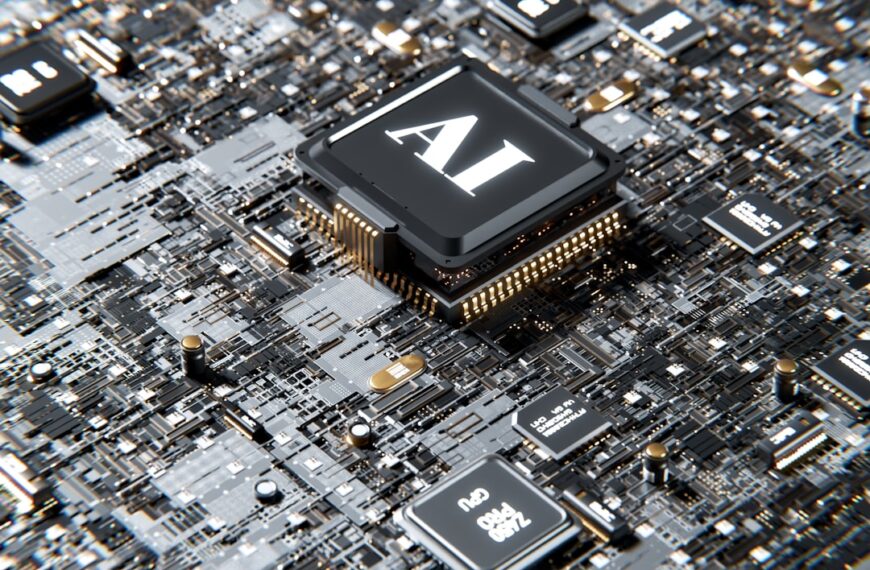Imagine a city that breathes, learns, and adapts – a metropolis where every system works in harmony to serve its inhabitants and the environment. This isn’t science fiction; it’s the emergent reality of the sentient city, a blueprint for truly smart sustainable cities powered by the convergence of Artificial intelligence (AI) and the Internet of Things (IoT). At Here Is Future, we believe understanding this evolution is key to shaping tomorrow’s urban landscapes.
Weaving Intelligence into Urban Infrastructure
The foundation of any future-ready city lies in its ability to gather, process, and act on vast amounts of data. This is where IoT provides the senses, and AI offers the brain.
IoT Networks: The City’s Nervous System
At the heart of a sentient city is an expansive network of IoT devices. These aren’t just your smart home gadgets; they are interconnected sensors embedded throughout the urban fabric: monitoring traffic flow, air quality, waste levels, water pressure, and even the structural integrity of buildings. These tiny sentinels act as the city’s nervous system, continuously collecting real-time data from every corner. This granular insight transforms the urban environment into a living laboratory, providing unprecedented visibility into its operational health.
AI-Powered Analytics for Optimal Resource Management
While IoT gathers the raw data, it’s AI that brings it to life. Advanced AI algorithms sift through terabytes of information, identifying patterns, predicting demand, and optimizing resource allocation with incredible precision. From adjusting street lighting based on real-time pedestrian movement to fine-tuning public transport routes to minimize congestion, AI urban planning ensures that resources — be it energy, water, or public services — are utilized efficiently, reducing waste and operational costs. This analytical power is transforming municipal management from reactive to proactive.
Revolutionizing Urban Sustainability
The ultimate goal of the sentient city is not just efficiency, but profound sustainability. By leveraging AI and IoT, cities can dramatically reduce their environmental footprint and foster a healthier planet.
Energy Efficiency and Renewable Integration
Smart grids, managed by AI, can dynamically balance energy supply and demand, integrating renewable sources like solar and wind power seamlessly. AI predicts energy consumption patterns, optimizes power distribution, and even guides building automation systems to minimize energy waste. Imagine buildings that automatically adjust heating, cooling, and lighting based on occupancy and external conditions, leading to significant reductions in carbon emissions and energy bills. This intelligent approach is vital for achieving true AI and sustainability goals.
Smart Waste Management and Circular Economies
AI-driven waste management systems optimize collection routes based on sensor-filled bins, ensuring timely pickups only when needed. Beyond collection, AI and IoT facilitate advanced waste sorting and recycling, laying the groundwork for circular economies where waste is seen as a resource. Predictive analytics can even forecast waste generation trends, enabling cities to design better public services and infrastructure to support a zero-waste future.
Intelligent Transportation and Reduced Emissions
Traffic congestion is a major source of urban pollution. Sentient cities combat this with intelligent transportation systems. AI-powered traffic signals adapt in real-time to traffic conditions, while integrated public transit, ride-sharing, and autonomous vehicle networks work in concert to reduce private car dependency. These systems not only cut down travel times but also significantly lower greenhouse gas emissions, making urban air cleaner and commutes more pleasant.
Enhancing Quality of Life and Resilience
Beyond efficiency and sustainability, the sentient city prioritizes the well-being and safety of its inhabitants, building resilience against future challenges.
Adaptive Public Spaces and Green Corridors
AI can inform the design and management of public spaces, making them more responsive to community needs. Data on pedestrian flow, air quality, and noise levels can guide urban planners in creating more inviting parks, walkable streets, and green corridors that enhance biodiversity and mental well-being. Imagine a park where irrigation adjusts to real-time weather, or lighting adapts for safety and ambiance based on usage patterns.
Predictive Maintenance and Disaster Preparedness
The continuous monitoring by IoT devices, coupled with AI’s predictive capabilities, allows cities to anticipate and prevent infrastructure failures – from water pipe bursts to bridge structural issues. In the face of natural disasters, AI models can rapidly analyze data to predict flood patterns, optimize evacuation routes, and deploy resources effectively, significantly enhancing urban resilience and minimizing damage and loss of life.
Citizen Engagement and Data Privacy
A truly sentient city must be co-created with its citizens. Digital platforms powered by AI can facilitate greater public participation in urban planning and governance. However, the collection and use of vast amounts of data necessitate robust frameworks for data privacy and ethical AI use. Transparency and citizen trust are paramount to ensure that digital transformation serves everyone equitably.
Explore the Future of Urban Innovation with Here Is Future
The vision of a sentient city — a place where technology, innovation, and human ingenuity converge to create truly smart sustainable cities — is no longer a distant dream but an active pursuit. At Here Is Future, we are dedicated to exploring these groundbreaking developments, from AI and machine learning insights to the broader implications of the future of technology for urban living.
Join the Here Is Future community to explore more innovation stories and exclusive insights into how AI and sustainability are redefining our world. Don’t miss out on the next big breakthrough – subscribe to our newsletter today!
FAQ
What is a sentient city?
A sentient city is an urban environment that uses advanced technologies like Artificial Intelligence (AI) and the Internet of Things (IoT) to gather real-time data, learn, adapt, and optimize its operations. It aims to improve efficiency, sustainability, and the quality of life for its inhabitants by making its systems intelligent and responsive.
How do AI and IoT contribute to urban sustainability?
AI and IoT are crucial for sustainability in smart cities by enabling optimized resource management. IoT sensors collect data on energy, water, and waste, which AI then analyzes to create smart grids, efficient waste management systems, and intelligent transportation. This leads to reduced carbon emissions, lower energy consumption, and more effective recycling, fostering a greener urban ecosystem.
What are the key benefits of smart sustainable cities for residents?
For residents, smart sustainable cities offer numerous benefits, including cleaner air due to reduced emissions, less traffic congestion, more efficient public services, safer environments through predictive maintenance and disaster preparedness, and better-designed public spaces. Ultimately, they enhance overall quality of life and create more livable, responsive urban settings.
What challenges do sentient cities face in their development?
Key challenges include ensuring robust data privacy and cybersecurity, managing the significant infrastructure investment required, overcoming technological integration complexities, fostering citizen adoption and engagement, and establishing equitable access to the benefits of smart technologies for all residents.
How does a sentient city address data privacy and ethical concerns?
Addressing data privacy and ethical concerns in a sentient city requires robust regulatory frameworks, transparent data collection policies, and secure data storage and processing mechanisms. Citizen engagement and trust are paramount, with clear guidelines on how data is used, anonymized where possible, and protected from misuse to ensure that technology serves the public good responsibly.










